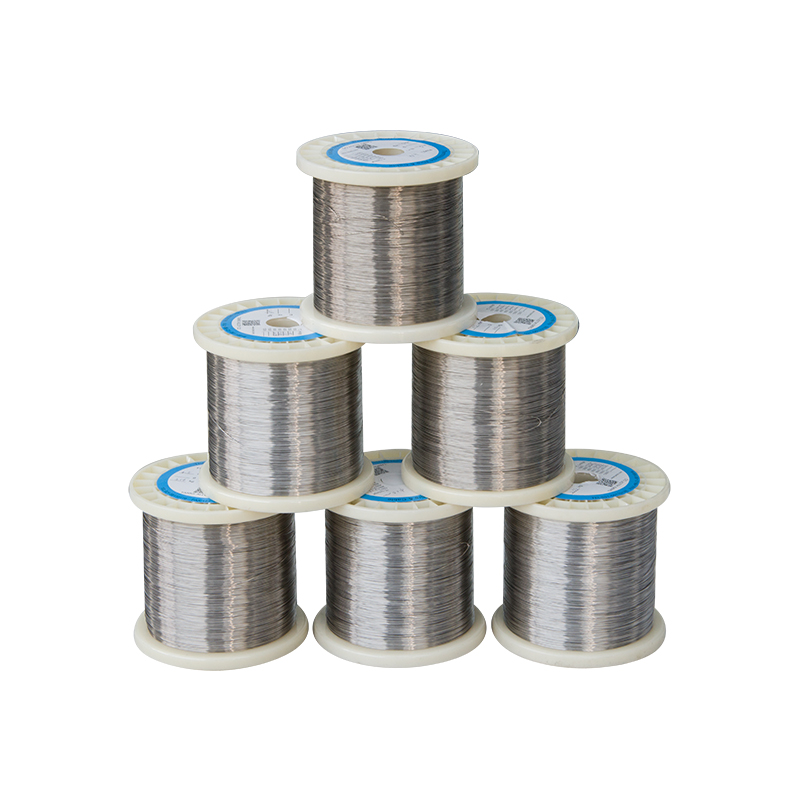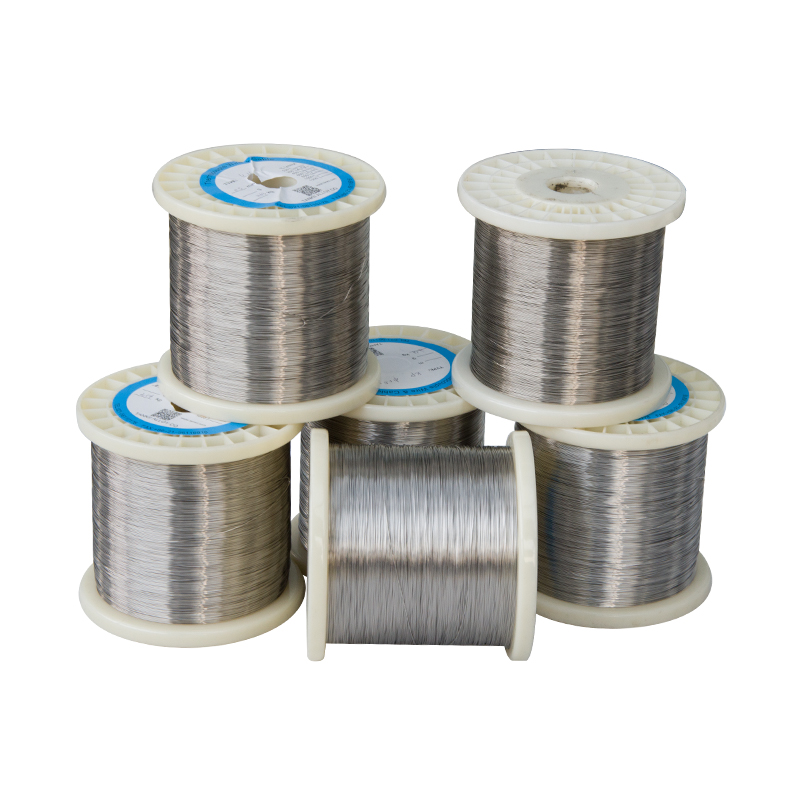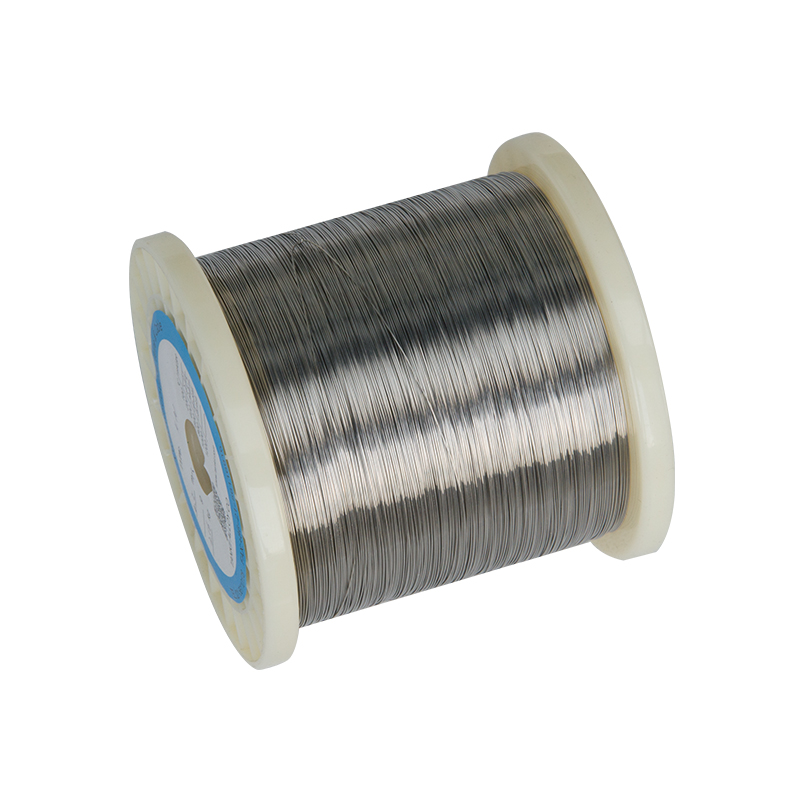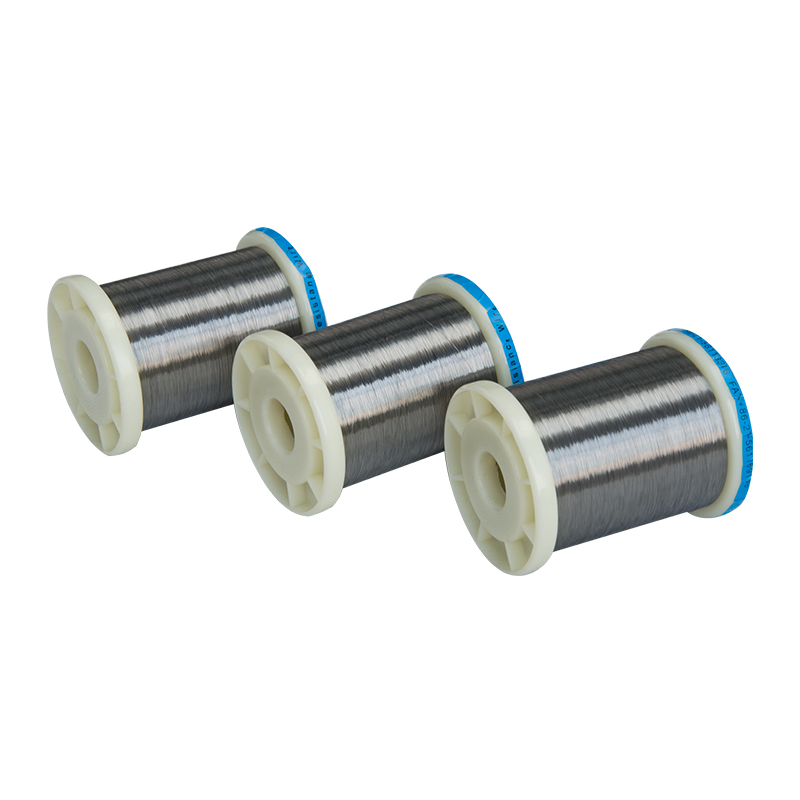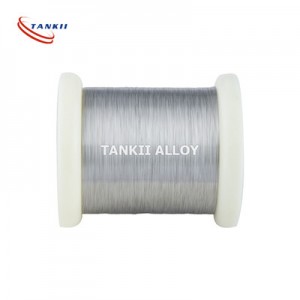Low Expansion Alloy Kovar 4j29 Wire, 29HK Wire for Glass Sealing Alloy
Alloy-4J29 not only has thermal expansion similar to glass, but its nonlinear thermal expansion curve can often be made to match a glass, thus allowing the joint to tolerate a wide temperature range. Chemically, it bonds to glass via the intermediate oxide layer of nickel oxide and cobalt oxide; the proportion of iron oxide is low due to its reduction with cobalt. The bond strength is highly dependent on the oxide layer thickness and character. The presence of cobalt makes the oxide layer easier to melt and dissolve in the molten glass. A grey, grey-blue or grey-brown color indicates a good seal. A metallic color indicates lack of oxide, while black color indicates overly oxidized metal, in both cases leading to a weak joint.
Application:Mainly used in electric vacuum components and emission control, shock tube, igniting tube, glass magnetron, transistors, seal plug, relay, integrated circuits lead, chassis, brackets and other housing sealing.
Normal composition%
| Ni | 28.5~29.5 | Fe | Bal. | Co | 16.8~17.8 | Si | ≤0.3 |
| Mo | ≤0.2 | Cu | ≤0.2 | Cr | ≤0.2 | Mn | ≤0.5 |
| C | ≤0.03 | P | ≤0.02 | S | ≤0.02 |
Tensile Strength, MPa
| Code of condition | Condition | Wire | Strip |
| R | Soft | ≤585 | ≤570 |
| 1/4I | 1/4 Hard | 585~725 | 520~630 |
| 1/2I | 1/2 Hard | 655~795 | 590~700 |
| 3/4I | 3/4 Hard | 725~860 | 600~770 |
| I | Hard | ≥850 | ≥700 |
Typical Physical properties
| Density (g/cm3) | 8.2 |
| Electrical resistivity at 20ºC(Ωmm2/m) | 0.48 |
| Temperature factor of resistivity(20ºC~100ºC)X10-5/ºC | 3.7~3.9 |
| Curie point Tc/ ºC | 430 |
| Elastic Modulus, E/ Gpa | 138 |
Coefficient of expansion
| θ/ºC | α1/10-6ºC-1 | θ/ºC | α1/10-6ºC-1 |
| 20~60 | 7.8 | 20~500 | 6.2 |
| 20~100 | 6.4 | 20~550 | 7.1 |
| 20~200 | 5.9 | 20~600 | 7.8 |
| 20~300 | 5.3 | 20~700 | 9.2 |
| 20~400 | 5.1 | 20~800 | 10.2 |
| 20~450 | 5.3 | 20~900 | 11.4 |
Thermal conductivity
| θ/ºC | 100 | 200 | 300 | 400 | 500 |
| λ/ W/(m*ºC) | 20.6 | 21.5 | 22.7 | 23.7 | 25.4 |
| The heat treatment process | |
| Annealing for stress relief | Heated to 470~540ºC and hold 1~2 h. Cold down |
| annealing | In vacuum heated to 750~900ºC |
| Holding time | 14 min~1h. |
| Cooling rate | No more than 10 ºC/min cooled to 200 ºC |
